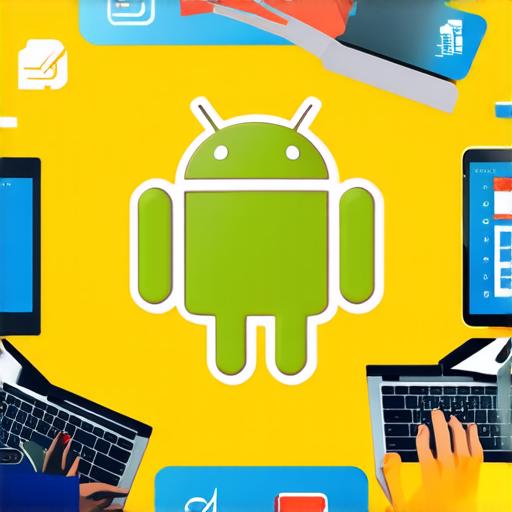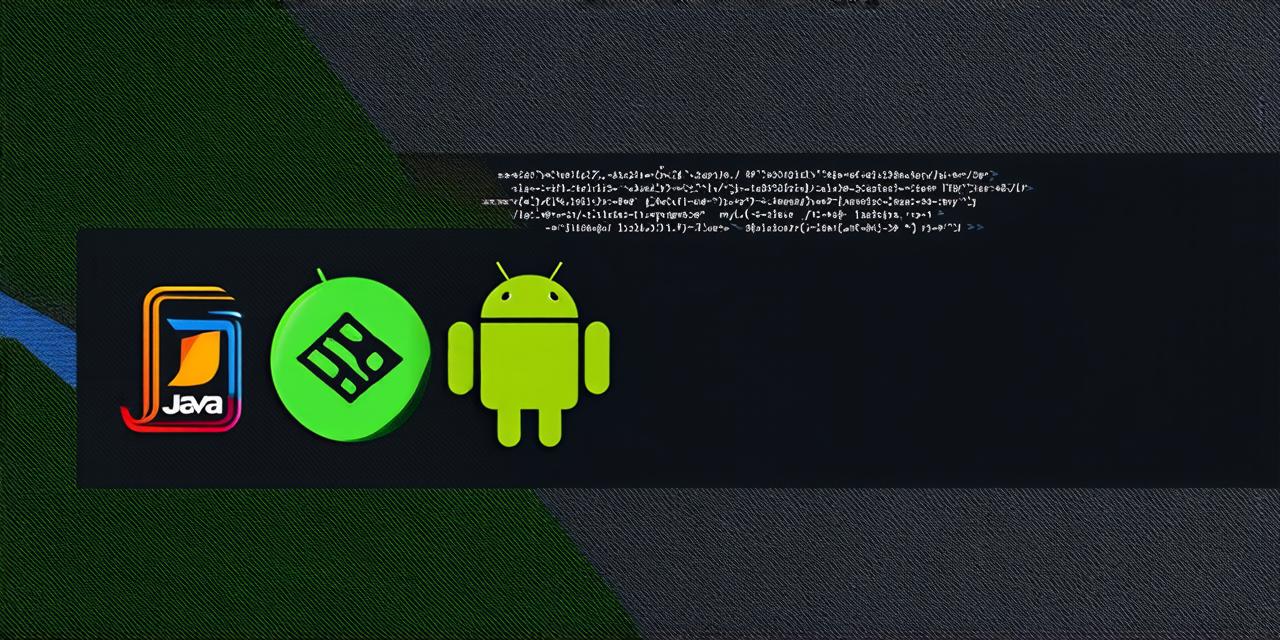Java Programming for Android Devs: What is it?
Java programming is a popular language used for building mobile apps for Android devices. It was developed by Sun Microsystems in 1995 and has since become the standard language for developing Android apps. Java is an object-oriented language that allows developers to create reusable code and build complex applications with ease.
Java Programming for Android Devs: Why is it important?
Java programming is important for several reasons. First, it is the official language for Android development, which means that all Android apps must be written in Java. This ensures a consistent user experience across all Android devices and makes it easier for developers to build and maintain their apps.

Second, Java is a versatile language that can be used for a wide range of applications beyond just mobile apps. It can be used to build web applications, desktop applications, and even games.
Third, Java programming is widely used in the industry, which means that there is a large community of developers who can provide support and guidance. This makes it easier for new developers to get started and learn from experienced professionals.
Java Programming for Android Devs: How to get started
Getting started with Java programming for android devs is easy! Here are the steps you need to follow:
- Install the Android Studio Integrated Development Environment (IDE). This is the official IDE for Android development and it comes with a range of tools and features to help you build and debug your apps.
- Learn the basics of Java programming. There are many online resources available that can help you get started, including tutorials, videos, and courses. Some popular resources include Codecademy, Udacity, and Coursera.
- Create a new project in Android Studio. This will create a blank canvas for your app development. You can choose the type of project you want to create (e.g., activity, service, content provider) and set up the basic structure of your app.
- Start coding! Once you’ve got the basics down, you can start building your app. Android Studio has a range of features to help you write, debug, and test your code, including a built-in emulator that allows you to run your app on a virtual device.
- Publish your app. Once you’re happy with your app, you can publish it to the Google Play Store. This will make it available to users around the world.

Java Programming for Android Devs: Best Practices
Here are some best practices to follow when developing apps in Java programming for android devs:
- Keep your code organized and modular. This makes it easier to maintain and update your app in the future. Use classes, methods, and variables to organize your code and make it reusable.
- Follow the Material Design guidelines. Material Design is a set of guidelines created by Google that provide a consistent look and feel for Android apps. Following these guidelines will help ensure that your app looks and feels like it belongs on an Android device.
- Optimize your code for performance. Performance is critical for mobile apps, so be sure to optimize your code to run quickly and efficiently. This includes using efficient algorithms, minimizing memory usage, and avoiding unnecessary operations.
- Test your app thoroughly. Before publishing your app, test it on a range of devices and operating systems to ensure that it works as expected. This will help you catch any bugs or issues before they become a problem for your users.
Java Programming for Android Devs: Case Study
Let’s take a look at an example of how Java programming can be used in android app development.
Suppose you want to build a weather app that displays the current temperature and forecast for a given location. Here are the steps you could follow using Java programming for android devs:
- Create a new project in Android Studio and set up the basic structure of your app.
- Use the OpenWeatherMap API to retrieve the current weather data for a given location. You can sign up for a free API key at https://openweathermap.org/api.
- Parse the JSON response from the API to extract the relevant weather data (e.g., temperature, humidity, wind speed).
- Use Android’s built-in UI components to display the weather data on the app’s main screen.
- To provide a better user experience, you could also use Android’s Location API to retrieve the user’s current location and display the weather for that location.

Java Programming for Android Devs: Summary
In conclusion, Java programming is a powerful language that can be used to build high-quality apps for android devices. With its object-oriented nature and versatility, it’s no wonder that it has become the standard language for android development. By following best practices and using tools like Android Studio, you can quickly master this language and start building your own android apps today.
